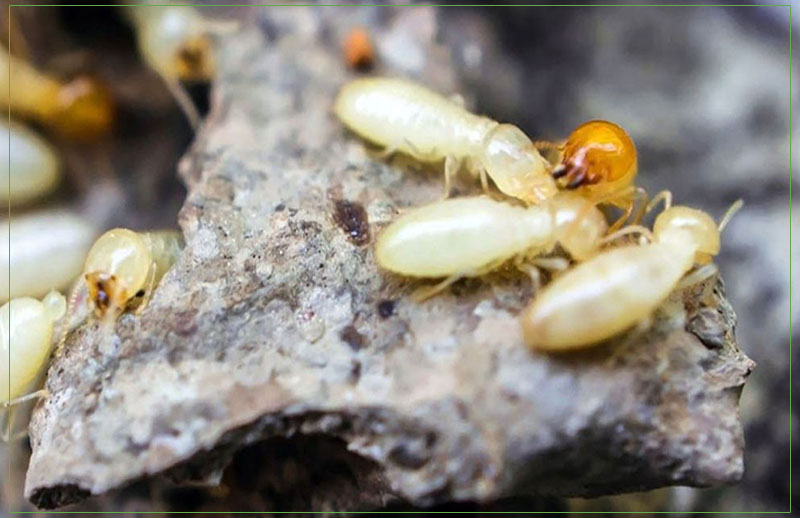Termites. They're as small as ants, but when they work together, they cause more than $5 billion in damage in the U.S. each year, according to the National Pest Management Association. Talk about efficient! Even worse, homeowner insurance policies don't typically cover termite damage, so an infestation or damage to your home can be devastating if not caught in time. And because most termites do all their dirty work out of view, it can be difficult to spot the warning signs. What kind of mayhem do these nasty little critters cause, and how do you spot the signs?
Termites don't just cause cosmetic damage. They eat into the very structure of your home -- the support beams, floor joists, posts, ceiling joists and wall studs. If you or your inspector find superficial termite damage, chances are high that there's more damage beneath. If a termite colony gets to the structures that support your home, they can render it unlivable until the damage is repaired. And it's not just wood structures that are susceptible to termite damage. Termites also enjoy feeding on plaster, metal siding and insulatio
So, how do you spot the warning signs, aside from your home crumbling down around you in a pile of sawdust? One of the most common ways homeowners find out they have termites is when they see swarming. Swarming happens during the spring, when winged termites emerge inside homes. In nature, when the temperature starts to warm up, these termites swarm and disperse to start new colonies. Swarmers emerging indoors can't eat wood, so they're not dangerous, but they're proof positive you have termites. Other signs? Discarded termite wings, bubbling wallpaper, buckling wood, swollen floors and ceilings, visible mazes in walls or furniture, holes or craters in firewood piles or stumps, or termite droppings -- which, unsurprisingly, look like tiny piles of sawdust. In many cases, termite damage looks a lot like water damage. To add insult to injury, water damage can attract certain kinds of termites. Always have a professional come out to assess which problem you have.
Let's say you have termites. Can you fix the damage without filing for bankruptcy? Chances are you can. Termites can damage a house beyond repair, but it's rare. This happens most often when a home is vacant or the problem is ignored for several years. Generally, you have two choices when repairing wood damaged by termites.
And of course, don't bother making any repairs until you know the termite issue is under control and eradicated. If the damaged wood has anything to do with the structural integrity of the building, it's important to work with a contractor, or you could put yourself in danger.
The best way to avoid getting termites is to be on the lookout for signs of infestation (this is especially important when house-hunting), and to hire a qualified pest-control technician to inspect your property on a periodic basis.













